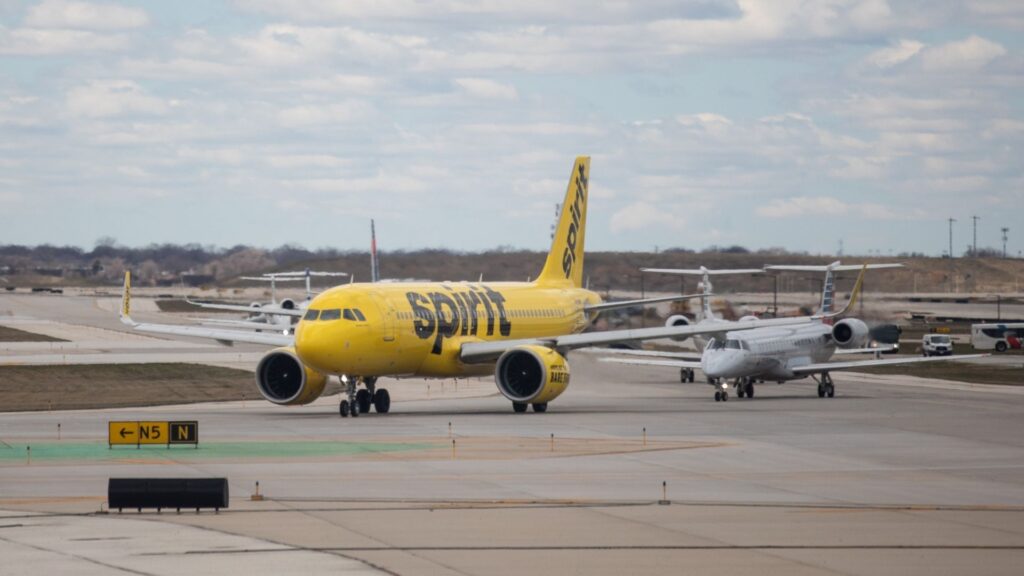
Yesterday, travel at Chicago O’Hare International Airport faced significant disruptions, leading the nation with a staggering total of 320 flight cancellations and 623 delays. This amounted to nearly 1,000 affected flights, which represented a concerning 74% of O’Hare’s planned operations for the day. The turmoil was intensified by staffing shortages related to the ongoing government shutdown and a winter storm warning impacting the region.
According to data from Flightradar24, the cumulative effect of these issues meant that O’Hare topped the list of US airports grappling with operational chaos. The airport implemented a ground delay program from 11:50 to 00:59, struggling to manage the impact of staffing challenges. The average delay for flights departing O’Hare reached 53 minutes, significantly higher than the 15 minutes reported at the nearby Chicago Midway Airport.
The Federal Aviation Administration (FAA) expressed concern regarding the situation, stating, “With continued delays and unpredictable staffing shortages, which are driving fatigue, risk is further increasing, and the FAA is concerned with the system’s ability to maintain the current volume of operations.”
US Airports Experience Widespread Disruption
Chicago O’Hare was not the only major airport affected by delays and cancellations yesterday. In fact, nine out of the top ten airports with the highest disruption rates were located in the United States. Hartsfield-Jackson Atlanta International Airport came in second with 150 cancellations and 270 delays, while Phoenix Sky Harbor International Airport reported a 50% delay rate, impacting 350 flights despite only 63 cancellations.
Other airports in the top ten included New York LaGuardia (LGA), Boston Logan (BOS), Las Vegas (LAS), Newark (EWR), Orlando (MCO), and New York John F. Kennedy (JFK). The only exception to this trend was Toronto Pearson International Airport, which ranked sixth with 64 cancellations and 292 delays. The Canadian hub’s disruptions were attributed to the same early winter storm affecting US airports.
The ongoing government shutdown has caused significant strain on air traffic controllers, who are required to work without pay. This situation has led many controllers to take sick leave due to stress, exacerbating an already critical staffing shortage. As a result, US regulators have been compelled to limit capacity at major hubs, contributing to the widespread delays.
Transportation Secretary Sean Duffy warned that if the shutdown persists, air traffic could “reduce to a trickle.” In response to the growing crisis, President Donald Trump has threatened to withhold pay from air traffic controllers who take leave, while suggesting bonuses for those who continue to report for duty.
With no resolution in sight for the ongoing government shutdown, the aviation sector faces increasing uncertainty as delays and cancellations continue to mount, leaving travelers and industry stakeholders anxious about the future.






